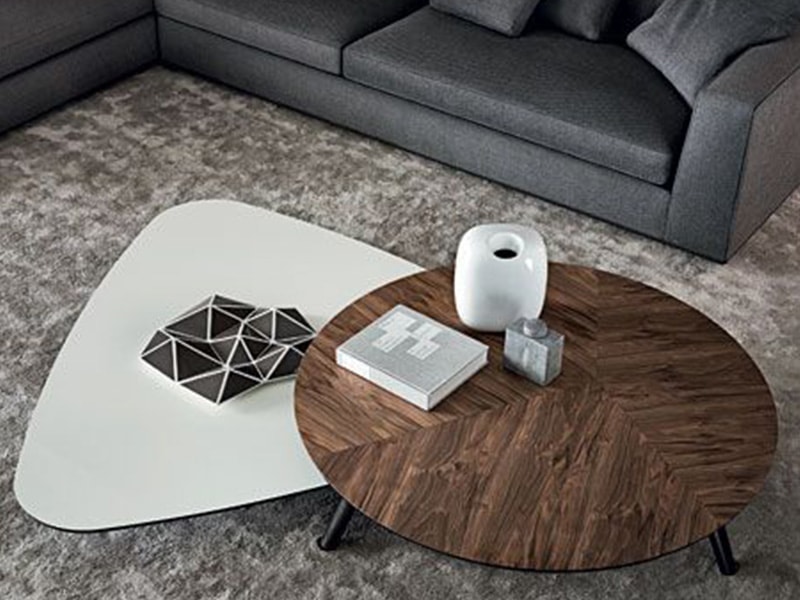Designing custom furniture pieces is a nuanced and intricate process that combines artistic vision, technical expertise, and a deep understanding of both the client’s needs and the materials at hand. At its core, the creation of bespoke furniture involves a delicate dance between form and function, where every curve, joint, and finish is carefully considered to bring the client’s unique vision to life. The journey begins with a comprehensive exploration of the client’s desires and requirements. This initial stage is crucial for establishing a strong foundation for the design process. Understanding the client’s lifestyle, preferences, and aesthetic taste helps the designer translate abstract ideas into tangible concepts. It is a collaborative effort, where the designer acts as a mediator between the client’s aspirations and the realm of practical feasibility.

Once the client’s vision is crystallized, the Thomas Dresch Woodworks LLC delves into the realm of materials. The selection of materials is a critical step in the process, as it not only influences the aesthetics of the piece but also its durability and functionality. Different woods, metals, and finishes offer unique characteristics, and the designer must strike a balance between the visual appeal and the practicality of the chosen materials. Sustainable options are often considered to align with modern ethical and environmental considerations. With a clear vision and material palette in hand, the designer moves on to the sketching and conceptualization phase. This stage involves translating ideas into 2D and 3D representations, allowing the client to visualize the end product. The designer must pay meticulous attention to proportions, scale, and ergonomics to ensure that the piece not only looks stunning but is also comfortable and functional in its intended space. Prototyping and mock-ups play a crucial role in refining the design. Physical models provide a tangible sense of the furniture piece, allowing the client and designer to assess its dimensions, aesthetics, and ergonomics.
The execution phase is where the vision truly comes to life. Skilled craftsmen and artisans bring their expertise to the table, transforming raw materials into a functional work of art. Precision in joinery, meticulous detailing, and a keen eye for quality craftsmanship are essential elements in this stage. The use of traditional handcrafting techniques or modern technology, depending on the design, adds another layer of complexity to the creation process. The finishing touches, such as staining, lacquering, or upholstery, elevate the custom furniture piece to its final state. These details not only enhance the aesthetics but also contribute to the overall tactile experience. Quality control is paramount at this stage, ensuring that the piece meets the highest standards of durability, functionality, and visual appeal. The intricacies of designing custom furniture pieces require a harmonious blend of creativity, technical skill, and a deep understanding of the client’s needs. From conceptualization to execution, each step in the process contributes to the creation of a unique and exceptional piece that reflects both the designer’s artistry and the client’s individuality.

